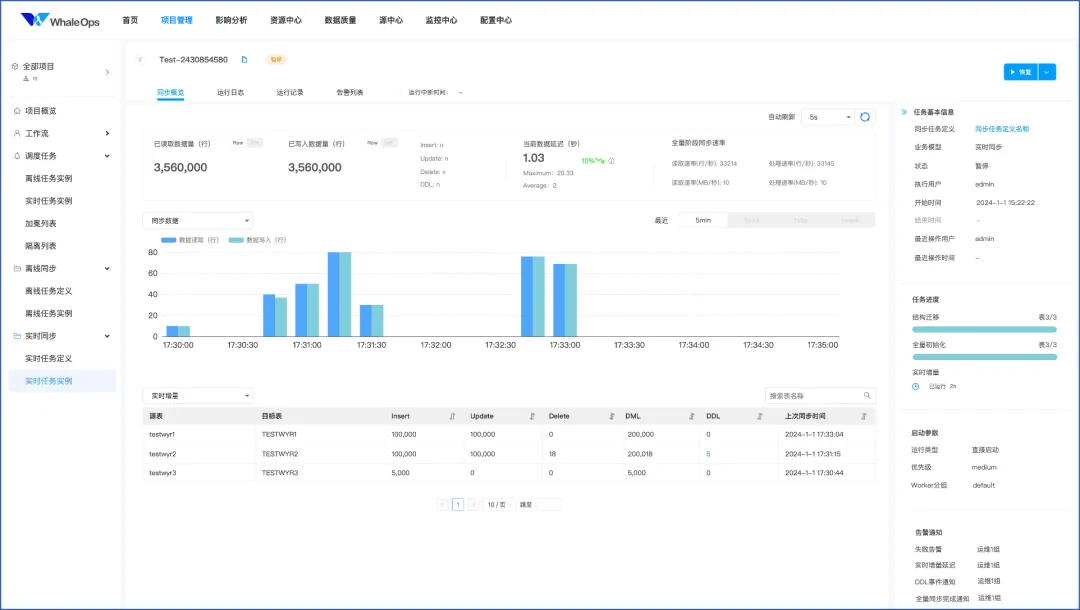1、mysql库表字段
学习:构建表结构时的规范,字段类型的选择
CREATE TABLE `pms_category` (
`cat_id` bigint(20) NOT NULL AUTO_INCREMENT COMMENT '分类id',
`name` char(50) DEFAULT NULL COMMENT '分类名称',
`parent_cid` bigint(20) DEFAULT NULL COMMENT '父分类id',
`cat_level` int(11) DEFAULT NULL COMMENT '层级',
`show_status` tinyint(4) DEFAULT NULL COMMENT '是否显示[0-不显示,1显示]',
`sort` int(11) DEFAULT NULL COMMENT '排序',
`icon` char(255) DEFAULT NULL COMMENT '图标地址',
`product_unit` char(50) DEFAULT NULL COMMENT '计量单位',
`product_count` int(11) DEFAULT NULL COMMENT '商品数量',
PRIMARY KEY (`cat_id`),
KEY `parent_cid` (`parent_cid`)
) ENGINE=InnoDB AUTO_INCREMENT=1433 DEFAULT CHARSET=utf8mb4 COMMENT='商品三级分类';
从表可以得到通过parent_cid这个字段将整个数据结构串联在一起的

2、通过java代码获取并构建树形结构数据返回
可以在实际开发中借鉴使用
1)运用java8使用了Stream()的高级写法,并使用sorted()排序
public List<CategoryEntity> listWithTree() {
// 1、查询所有数据
List<CategoryEntity> entities = baseMapper.selectList(null);
// 2、查询子集
List<CategoryEntity> collect = entities.stream()
.filter(category -> category.getParentCid() == 0)
.map(categoryEntity -> {
categoryEntity.setChildren(getChildrens(categoryEntity, entities));
return categoryEntity;
}
).sorted((menu1, menu2) -> {
return (menu1.getSort() == null ? 0 : menu1.getSort()) - (menu2.getSort() == null ? 0 : menu2.getSort());
}
).collect(Collectors.toList());
return collect;
}
2)递归获取子级信息
public List<CategoryEntity> getChildrens(CategoryEntity root, List<CategoryEntity> all) {
List<CategoryEntity> collect = all.stream().filter(category -> category.getParentCid().equals(root.getCatId()))
.map(categoryEntity -> {
categoryEntity.setChildren(getChildrens(categoryEntity, all));
return categoryEntity;
}
).sorted((menu1, menu2) -> {
return (menu1.getSort() == null ? 0 : menu1.getSort()) - (menu2.getSort() == null ? 0 : menu2.getSort());
}
).collect(Collectors.toList());
return collect;
3)测试




















![[240728] Wikidata 介绍 | 微软与 Lumen 合作提升人工智能算力](https://i-blog.csdnimg.cn/direct/eb876a1710c84cd4b84f6eb82b8e82da.png#pic_center)